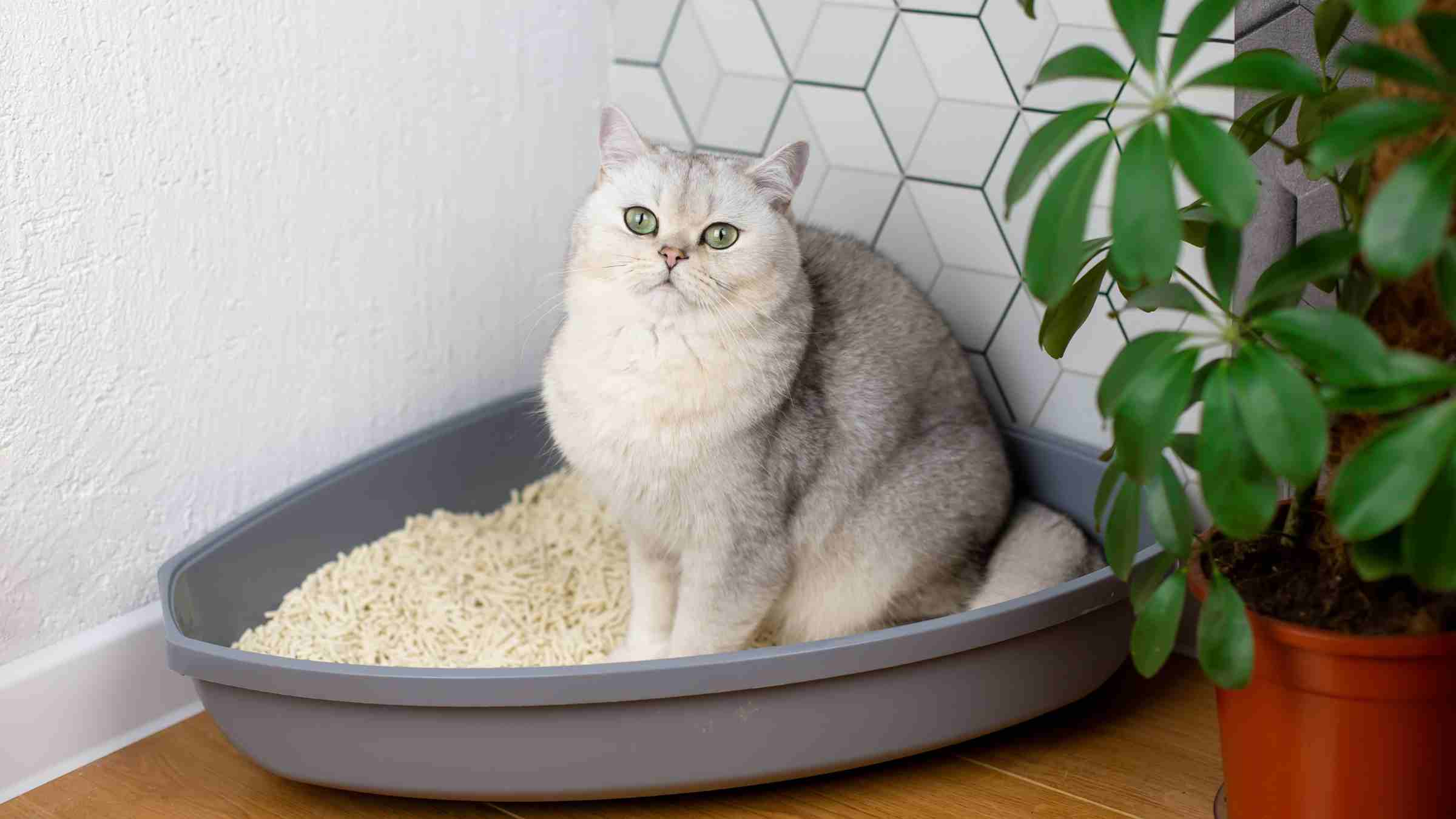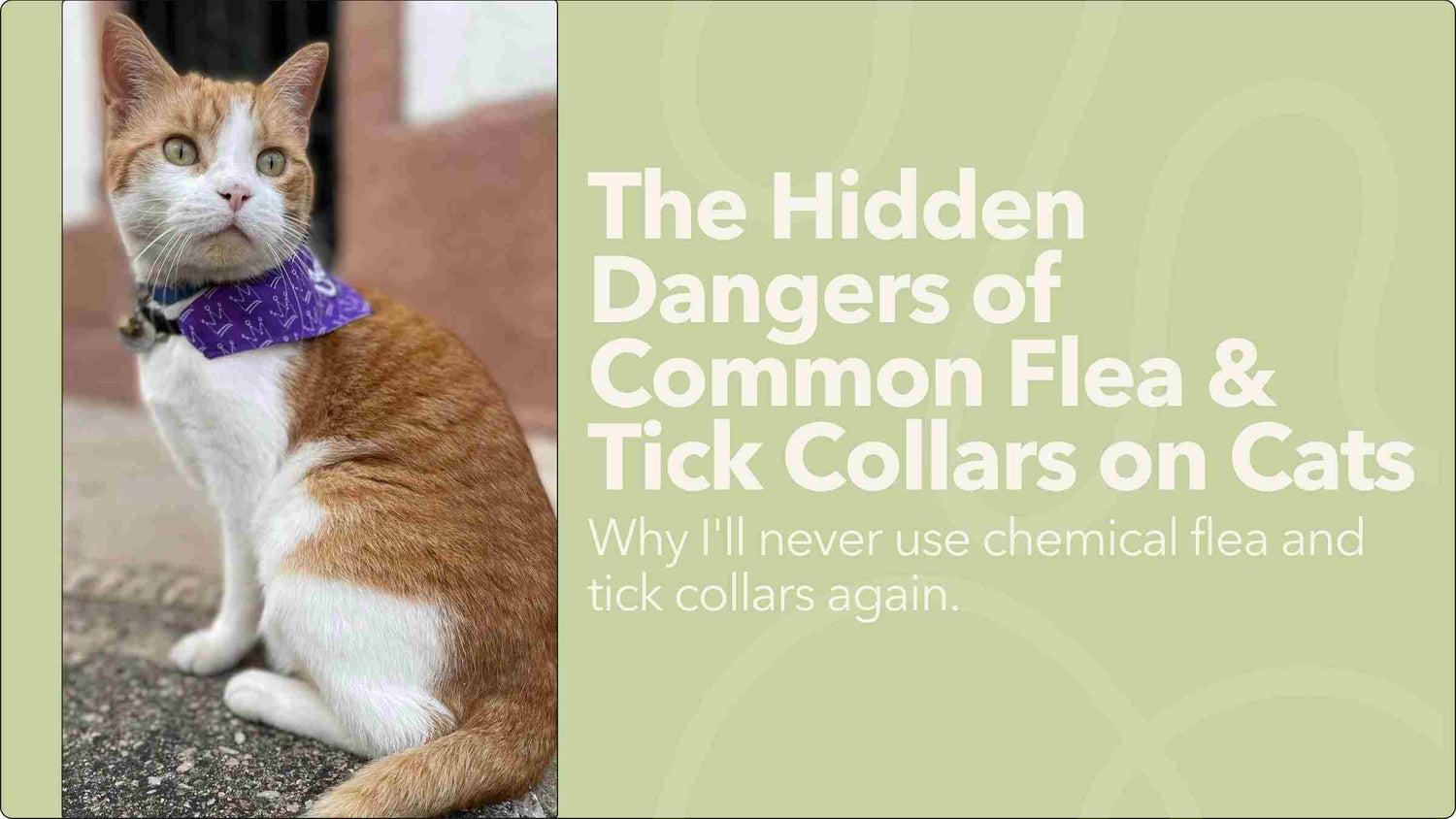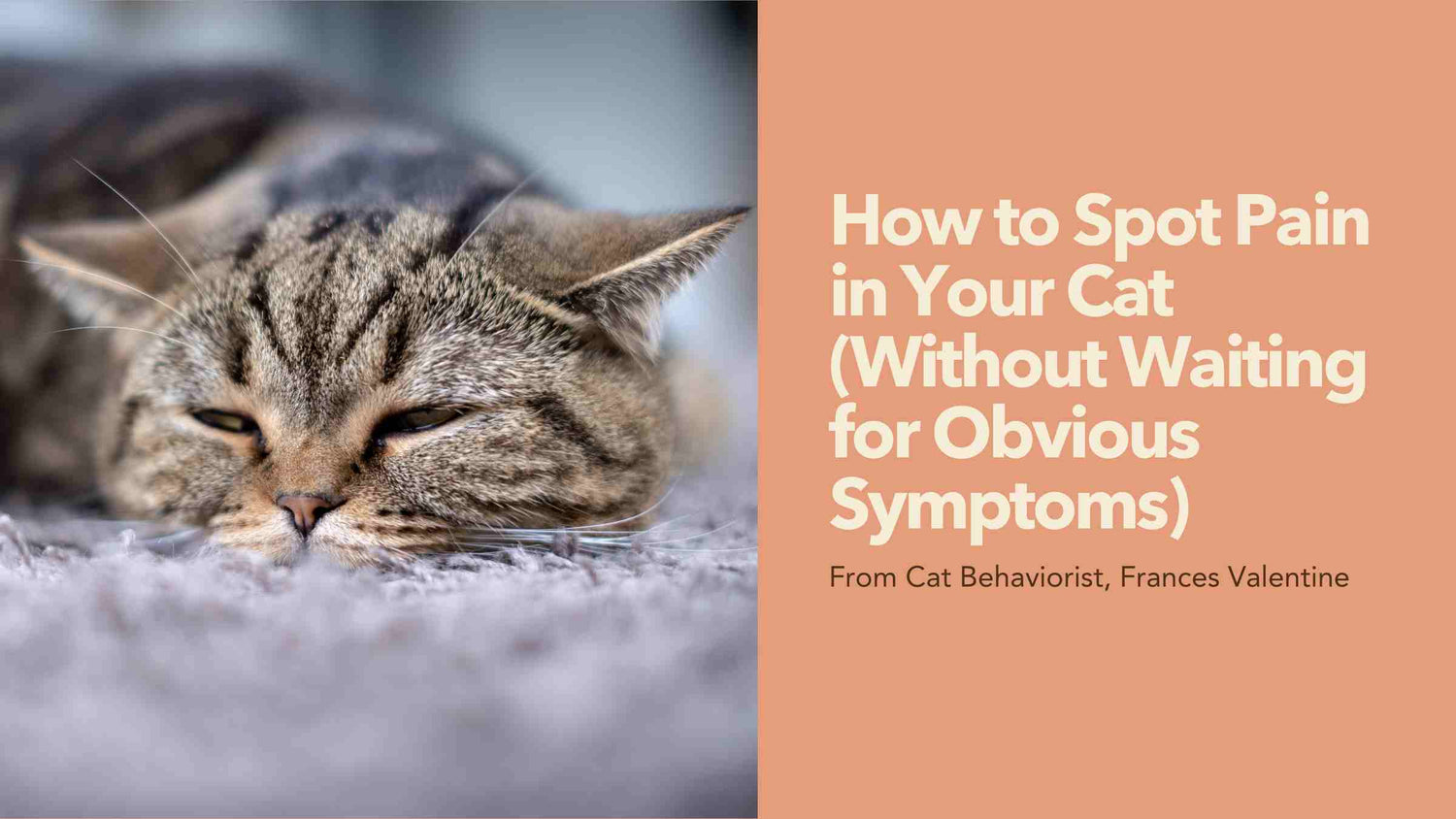Table of Contents:
How to Transition Your Cat to SoyKitty Litter
When to Switch Your Cat's Litter
Things to Avoid When Switching Cat Litters
How to Use SoyKitty Litter
- What size litter box is best?
- How many litter boxes do I need?
- What type of litter box is best?
- Where to put the litter box?
- How many bags will I need?
- How much litter should I use?
- How to clean & dispose of it?
- How do I compost the used litter?
- How should I store the remaining, clean litter?
- How often should I fully empty and clean the litter box?
- What should I use to clean the litter box?
- How do I deep clean the litter box?
Transitioning your cat to a new litter can be a delicate process, and here at SoyKitty, we're dedicated to making it as smooth as possible. In this comprehensive blog post, we'll walk you through everything you need to know about successfully switching to SoyKitty litter and ensuring your cat's comfort throughout the transition. From the transition process and cleaning the litter box, to composting your litter, we've got you covered every step of the way. Let's dive in!
How to Transition Your Cat to SoyKitty Litter
For a successful transition, it’s vital that you gradually introduce the new litter to your kitty. Kitties are creatures of habit and litter transition can be stressful for them. Use this transition guide to help your cat get used to its new litter for a successful transition!

Step 1
Layer ¼ of the new SoyKitty litter on the bottom of the litter box. Cover with ¾ of kitty’s old litter. No need to mix the contents, your cat will naturally do that when he or she uses the box.
If you have more than one litter box in the house, do these steps for all of them at the same time. The cat won’t even notice that there is a transition going on if you take your time and do it gradually.
Step 2
On the next litter box change, use ½ SoyKitty litter and cover with ½ of your cat’s old litter.
Repeat this process a few more times, adding less of the old litter and more of SoyKitty litter to the box every time.
Step 3
Observe your cat’s behavior regarding the new cat litter and check for any picky or unusual behaviors.
Excessive scratching or aversion to getting in the box may be signs that your cat needs more adaptation time.
Step 4
When you feel that your kitty is ready to accept SoyKitty litter, remove the old litter completely.
Transition usually takes anywhere from 3-4 weeks, depending on how finicky your cat is!
When to Switch Your Cat's Litter

There are a few reasons why you may want to switch your cat’s litter.
- The litter brand that you normally buy is no longer available.
- Your cat is having avoidance issues with the existing litter and is relieving itself outside of the box.
- You want to switch to a new type of litter. For example, from non-clumping to clumping.
- You want to start using a more responsible and green kitty litter.
- You need to switch litters due to your cat's health or a medical reason.
Helpful Tip: Try to choose a time when there is nothing else stressful happening in your cat’s life. Changing the litter type during a house move is probably not a good idea.
Things to Avoid When Switching Cat Litters
There are a few basic rules to follow when transitioning the type or brand of litter.
- Don’t make a big deal out of it.
- Don’t get nervous, your cat will sense this.
- Take your time.
- Keep the litter box as clean as possible. Scoop several times a day.
- Don’t move the box to a new place during the transition.
Ready to transition your cat to SoyKitty?
Get an eco-friendly, sustainably-made cat litter that’s tough on odors, not on the planet.
How to Use SoyKitty Litter
Here are some tips and guidelines to use our litter and set your kitty up for success!
What size litter box is best?
A general rule of thumb is that your litter box should beat least 1.5 times longer than your cat, from their nose to the tip of their tail (when extended). An average-sized litter box is about 12”x16”.
They should have plenty of space to move and dig around in it without having to step out or step on clumps from previous visits.
How many litter boxes do I need?
You should have at least 1 litter box per cat (in your household) plus 1 extra.
Why the extra litter box? This ensures your cat has an alternative place to go if he or she is not digging the cleanliness or availability of the first box.
What type of litter box is best?
It’s highly recommended that you have a litter box without a dome or cover on it. These types of litter boxes essentially trap the odor in the box, making it incredibly uncomfortable and stinky for your kitty. Opt for a traditional, open litter box that’s 1.5x larger than your cat and, preferably, made of stainless steel.
Cats noses are 14x more sensitive than ours. If they're not happy with their potty arrangement, it may cause them to start going elsewhere.
Where to put the litter box?
You'll need to provide a safe place for your cat to do their business. The perfect location for the litter box would be somewhere quiet, private, with plenty of air circulation, and away from other people and heavy foot traffic yet easy for you to access.
Give kitty that privacy, yet ease of access for you when cleaning duty comes.
How many bags will I need?
We recommend 1 bag of SoyKitty litter for 1 average size (12”x16”) litter box. If your litter box is larger than this, you may want to consider using 2 bags of SoyKitty litter.
How much litter should I use?

The right depth of litter for your litter box will depend on your cat's preferences and digging habits, and your scooping habits. We recommend that you fill the litter box to a depth of 2”-3”. For maximum performance, always replenish the litter box to maintain the 2"-3" depth after you've scooped.
How to clean & dispose of it?

Clean the litter box at least once per day, preferably twice. Remove the clumps and place in the green bin, your compost bin, or flush it down the toilet.
The litter disintegrates into powder when fully submerged in water, making it mess-free and easy to dispose of.
How do I compost the used litter?
When it comes to composting your cat's litter, the first step is to remove any waste and clumps, leaving behind just the leftover litter. Once you've done that, it's time to layer the litter in your compost bin. Alternate between layers of used cat litter and sawdust, soil, or leaves to create a balanced mix. Don't forget to include other compostable materials like fruit or vegetable waste for added nutrients. By layering your compost properly and maintaining regular aeration, you can accelerate the decomposition process. With consistent care, your compost will be ready for use in non-edible plants in about 6 months to a year.
How should I store the remaining, clean litter?
Store the remaining litter in a dry, well-ventilated area. Unlike other all-natural, grain litters you won’t have to worry about keeping the remaining SoyKitty litter in an airtight or sealed container to keep out bugs and other pests.
SoyKitty litter isn’t ‘raw’ so bugs, rodents, pests, or even other pets won’t recognize it as food.
How often should I fully empty and clean the litter box?
At the end of the full month, we recommend that you deep clean and dry your litter box. Then add your brand new bag of SoyKitty litter to the litter box. For a more detailed cleaning routine, check out this blog post.
What should I use to clean the litter box?

Here’s a recommended list of items you’ll need to properly give your litter box a deep clean.
- Pooper scooper to remove the waste
- A garbage can or compost bin (to place the used litter)
- Eco-friendly rubber gloves (optional)
- Protective face mask (optional)
- Eco-friendly scrubbing brushes like those from The Earthly Collective
- Eco-friendly cleaning products like Dr. Bronner’s Liquid Soap, doTERRA On Guard Cleaner Concentrate, or Method Home’s antibacterial cleaner
- DIY cleaning supplies (if you’d rather not buy cleaning products)
- White vinegar
- Baking soda
- Whitehazel
- Lemon juice
- Essential oils of your choice. Essential oils with natural disinfecting properties include tea tree, pink grapefruit, eucalyptus, and lemongrass oils.
- Hot water
How do I deep clean the litter box?
Once you’ve emptied the litter box, scrub with water, white vinegar, baking soda, and a splash of lemon juice then rinse and dry thoroughly. If you can, we recommend leaving the litter box out in the sun to dry. This is especially helpful if you’re using a plastic litter box. Then refill with SoyKitty litter for a clean and fresh bathroom experience your cat will love.
Wrapping it up
And there you have it—our tried and true tips to ensure your cat's transition to SoyKitty litter is as smooth as can be. Remember, patience and observation of your cat’s behaviors are the keys to success in this process. With SoyKitty litter, you're not only providing your cat with a safe and eco-friendly option but also making a positive impact on the planet.






